Welcome to the essential guide on Bushcraft, where the focus is on practicality and adaptability in the wilderness. The essence of bushcraft is about thriving in nature using both age-old wisdom and modern ingenuity.
Here, we won’t just go over a checklist of tools and skills; we’ll delve into how to use them effectively to turn the untamed wild into a place you can call home, even if temporarily.
Essential Bushcraft Tools
The right tools are your closest allies in the wilderness. They are the difference between a struggle for survival and a harmonious existence with nature. Let’s explore the three primary tools that you should always have in your arsenal.
The Bushcraft Knife
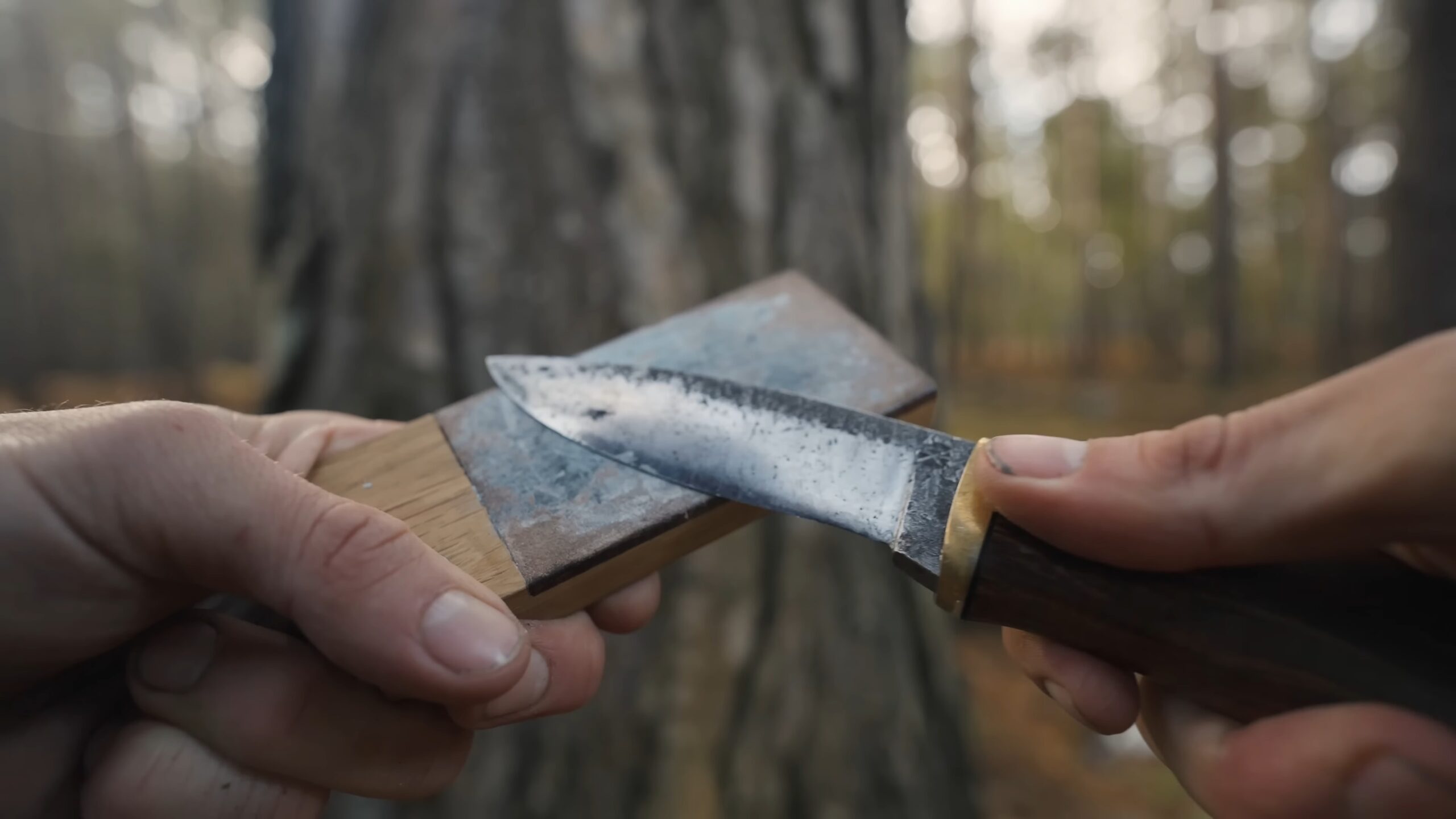
The bushcraft knife is the most versatile piece of equipment you’ll carry, essential for tasks from carving wood to preparing food.
| Feature | Description |
|---|---|
| Blade Type | Full-tang, extending through the handle for superior strength. |
| Blade Material | High-carbon steel is preferred for edge retention and ease of field sharpening. |
| Blade Design | Fixed blade with a drop point, offering versatility for various outdoor tasks. |
| Handle Comfort | Ergonomic design for a comfortable and secure grip in all weather conditions. |
| Blade Length | Typically between four to six inches, balancing control and utility in wilderness tasks. |
Axe
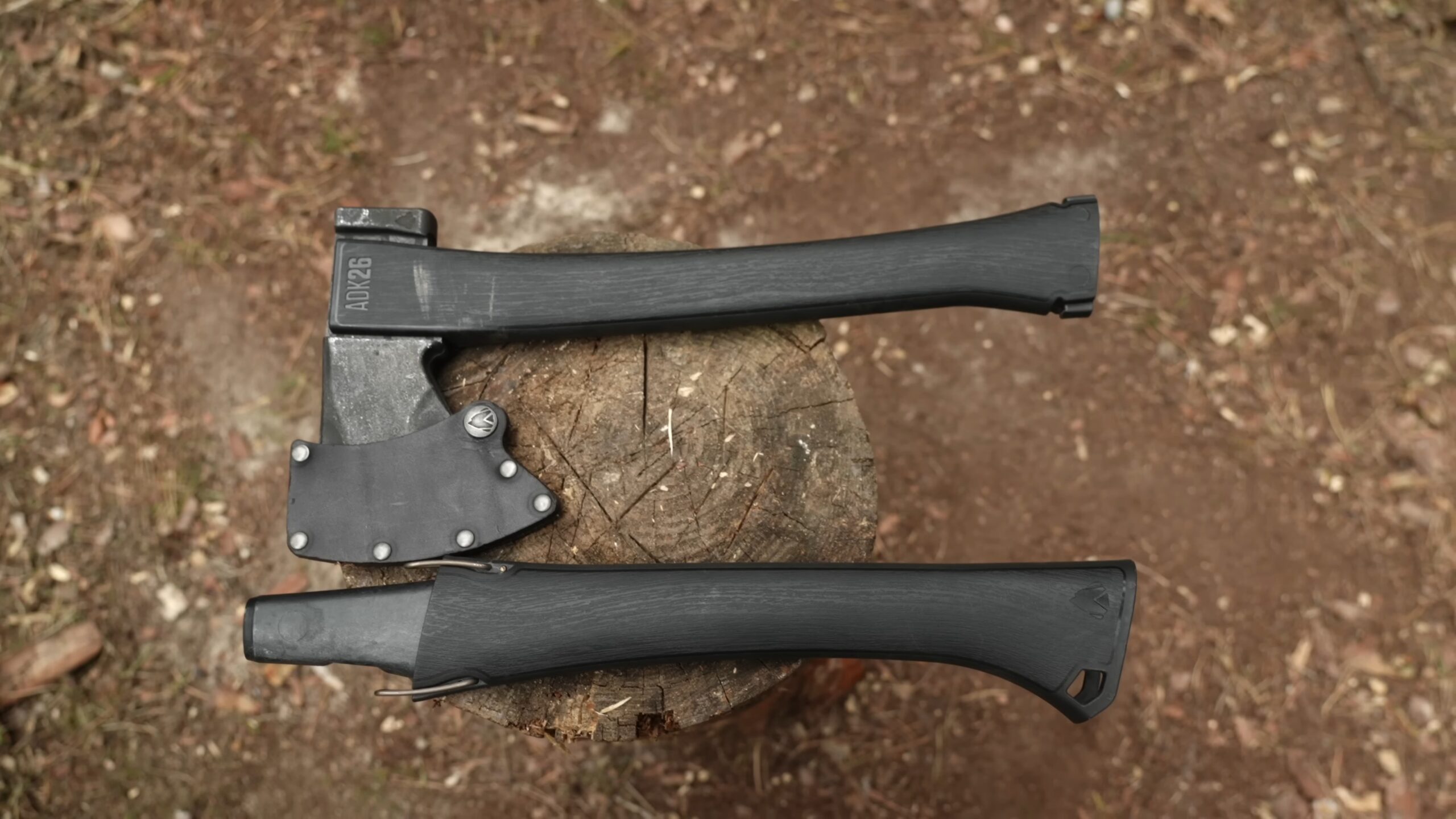
An axe in bushcraft is as much a tool for building as it is for survival.
Features of an Ideal Bushcraft Axe:
- Versatile Use: The bushcraft axe serves as a multifunctional tool, suitable for chopping wood for fires and shelters, carving utensils, and even hunting when needed.
- Optimal Size: It comes in a mid-sized design, striking the perfect balance between the necessary heft for chopping tasks and the lightweight nature required for easy carrying during extended treks.
- Effective Axe Head: The axe head boasts the ideal weight, allowing it to efficiently bite into the wood without becoming unwieldy.
- Built-in Hammer: The flat back of the axe head doubles as a practical hammer for a variety of tasks.
- Durable Handle: Crafted from hickory or another sturdy hardwood, the handle offers both the necessary length for leverage and the right level of control for precision.
Saw
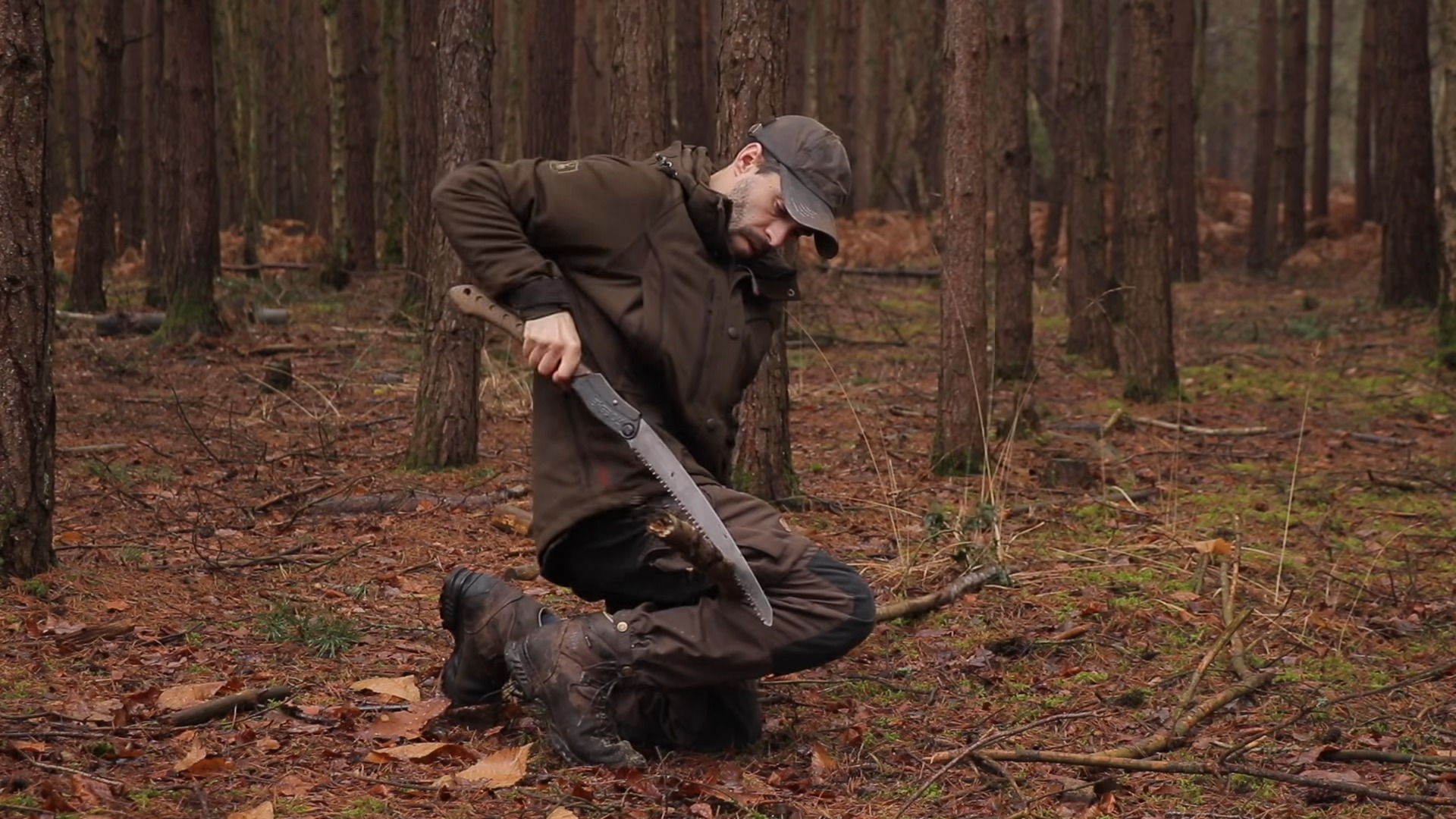
A folding saw is an invaluable addition to your bushcraft toolkit. It allows for efficient cutting of wood, whether for constructing a shelter or gathering firewood.
- The teeth of the saw should be sharp and made for a cross-cut, which is effective for both green and dry wood.
- The blade must lock into place for safety and fold away for ease of transport.
- The grip should be comfortable, reducing hand fatigue during prolonged use, and made of a material that ensures a firm grip even when wet.
Fundamental Bushcraft Skills
Having the right tools is only part of the equation; knowing how to use them effectively is where true bushcraft skills come into play. These foundational skills are critical for any wilderness venture.
1. Firecraft
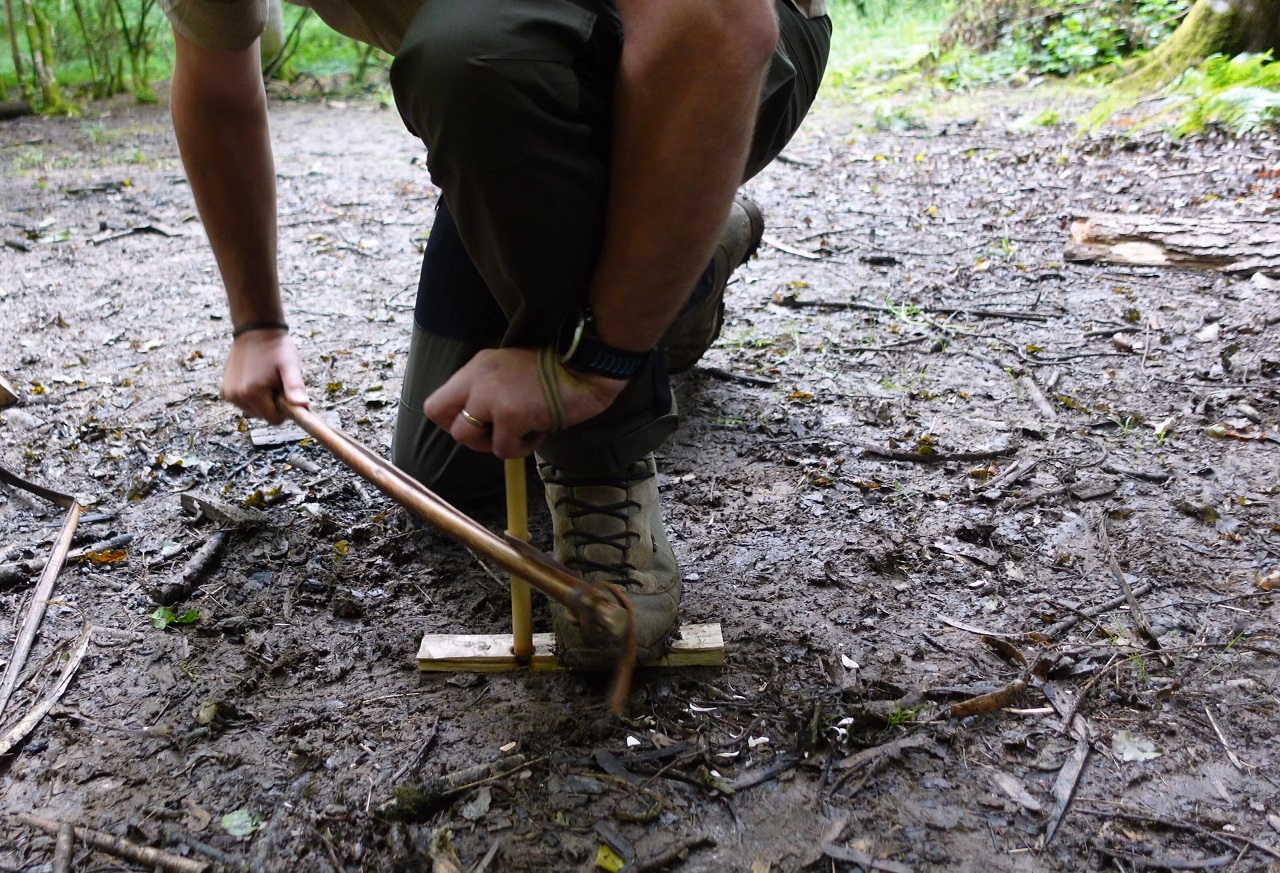
The ability to create and maintain a fire is perhaps the most iconic of bushcraft skills. Fire provides warmth, cooks food, purifies water, and signals for help.
It’s not just about striking a spark; it’s about understanding how to build a fire lay depending on the conditions, whether it’s the teepee, log cabin, or lean-to. It’s about nurturing the flame, selecting the right kindling and fuel, and managing the fire’s intensity.
Firecraft also involves mastering various ignition methods, from modern fire steels to the ancient bow drill technique. Each method requires practice and patience, but the ability to conjure fire at will is a true mark of a bushcraft.
2. Shelter Building
Shelter is your sanctuary in the wild, providing safety from the elements and a place to rest. The skill of shelter building starts with selecting the right location. It should be dry, protected from the wind, and safe from falling debris.
The design of the shelter will depend on the environment and the materials at hand. You might construct a lean-to from branches and leaves in a forest or a snow cave in winter conditions.
The construction must be sturdy, insulating, and large enough to accommodate you while being small enough to retain body heat.
3. Knot Tying
The art of knot tying is essential for constructing shelters, securing gear, setting traps, and countless other tasks in bushcraft.
- The bowline creates a secure loop that won’t tighten under strain, perfect for rescue situations or when you need a non-slip loop.
- The taut-line hitch is an adjustable knot, invaluable for when you need to tension a line, like when securing tarps or adjusting the guy lines of a shelter.
- The clove hitch is quick to tie and ideal for attaching a rope to a tree or post. These knots, among others, provide efficiency and safety in the bushcraft world.
Advanced Bushcraft Techniques
To go beyond mere survival and into the realm of comfort and proficiency in the wilderness, one must cultivate advanced bushcraft techniques. These skills require practice and a deeper understanding of the natural world.
Foraging and Trapping

Foraging for edible plants and trapping small game are skills that can sustain you in the wilderness. Foraging requires knowledge of the local flora and an understanding of which plants are edible, which are medicinal, and which are to be avoided.
Trapping, on the other hand, is about understanding animal behavior, tracking, and the construction of effective snares and deadfalls. These skills not only provide sustenance but also deepen your connection to the land and its ecosystems.
Navigation
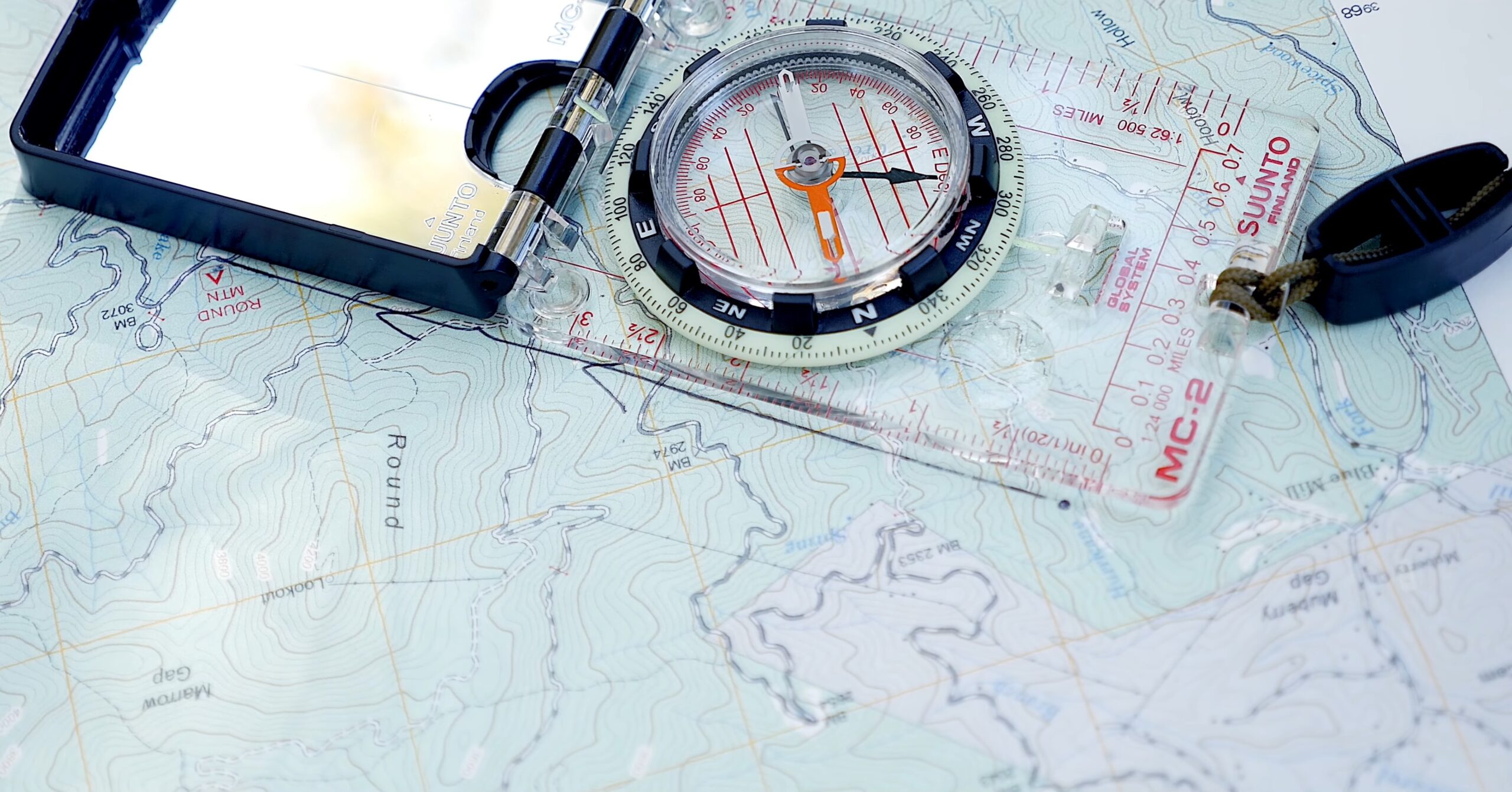
In the age of GPS and smartphones, the traditional skills of navigation may seem obsolete, but in the wilderness, they are indispensable.
The ability to read a topographic map, use a compass, and understand natural navigation methods like using the sun, stars, and landmarks, can mean the difference between reaching your destination and getting lost.
Navigation is about planning your route, understanding your surroundings, and being able to adapt when conditions change.
Water Procurement
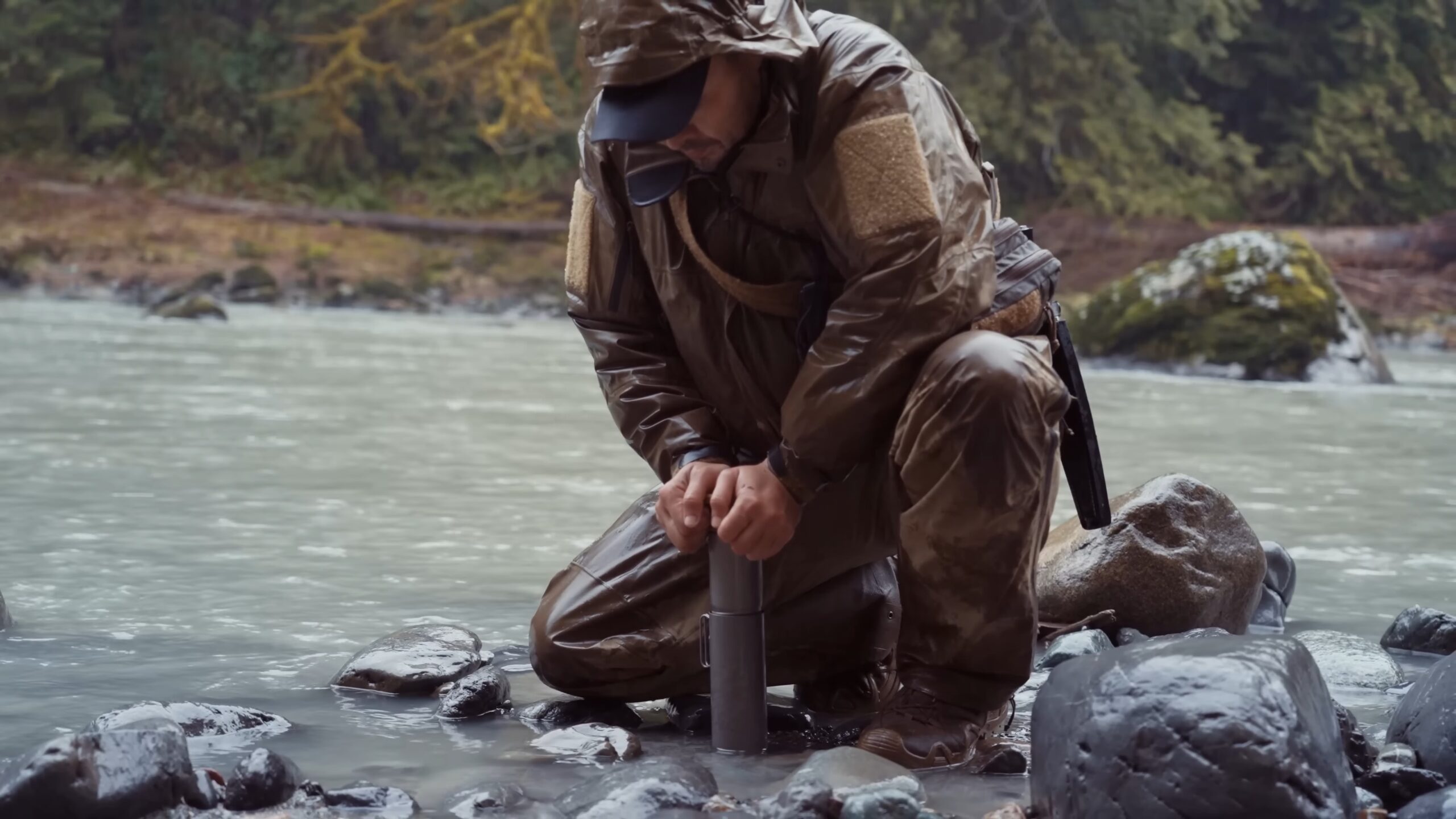
Water is life, and in bushcraft, finding and purifying water is a skill of utmost importance. Water procurement involves locating water sources, understanding the landscape, and recognizing signs that water is near.
Once found, water must be made safe for drinking, which can involve boiling, filtering, or chemical treatment. Techniques such as collecting rainwater, and dew, or producing water through transpiration bags are all part of a bush crafter’s repertoire.
Ethics and Conservation
Bushcraft is not just about personal survival; it’s about respecting and conserving the natural environment.
Practicing bushcraft responsibly means adhering to the principles of ‘Leave No Trace‘, which includes planning ahead to minimize impact, traveling and camping on durable surfaces, disposing of waste properly, and leaving what you find.
It also means engaging in sustainable practices, such as using renewable resources, avoiding overharvesting, and preventing soil erosion. Respecting wildlife and cultural sites is also paramount, ensuring that the wilderness is preserved for future generations.
FAQs
How do I maintain my bushcraft knife to ensure it stays sharp and rust-free?
To maintain your bushcraft knife, clean it after each use with water and a mild detergent, drying it thoroughly to prevent rust. Regularly sharpen the blade using a whetstone or sharpening rod, maintaining the angle consistent with the blade’s bevel.
To prevent rust, apply a light coat of mineral oil to the blade; for the handle, if it’s wood, occasional treatment with linseed oil can keep it in good condition.
Can bushcraft skills be practiced in any environment, or are they specific to certain types of wilderness?
Bushcraft skills are adaptable to various environments, from dense forests to arid deserts. The principles remain the same, but the application will vary depending on the resources available. For example, the techniques for shelter building in a forest would differ from those in a snowy terrain.
The key is to learn how to utilize the unique resources of each environment effectively.
What is the most efficient way to carry the essential bushcraft tools on a long trek?
The most efficient way to carry bushcraft tools is to use a multi-compartment backpack with easy access to frequently used items. Knives and multi-tools should be on your belt for quick access. Heavier items like axes can be attached to the outside of the pack to balance the weight.
Ensure all tools are securely fastened to prevent loss or injury.
How do I select the best wood for building a fire in wet conditions?
In wet conditions, look for standing deadwood, as it’s less likely to be soaked through. The lower branches of conifers can be dry even when it’s raining, and birch bark makes excellent tinder because of its natural oils, which burn even when damp.
Splitting larger pieces of wood can expose dry inner wood that will catch fire more easily.
Is it possible to practice bushcraft in a suburban area, or do I need to be in deep wilderness?
While deep wilderness offers the full bushcraft experience, many skills can be practiced in a suburban area. For example, you can practice knot tying, carving, and even setting up a small shelter in your backyard.
Local parks and nature reserves may allow for more extended activities like fire building or foraging but always check local regulations first.
What are the first steps I should take to learn bushcraft if I have no prior experience?
If you’re new to bushcraft, start by learning the basic skills such as knot tying, carving, and building a simple shelter. You can find many resources online, including tutorials and courses. It’s also beneficial to join a local bushcraft group or find a mentor who can provide hands-on instruction.
Start with day trips to practice your skills before progressing to overnight excursions.
The Bottom Line
Bushcraft is a blend of art, science, and philosophy. It teaches self-reliance, respect for nature, and a range of practical skills that can enrich your outdoor experiences. By mastering the tools and techniques outlined in this guide, you’ll be well-equipped to embark on your bushcraft adventure.
The tools and skills covered are just the starting point to a lifelong journey of learning. Each trip into the wild is an opportunity to practice and refine your skills, deepening your connection with the natural world.
So step into the forest, tread lightly, and embrace the journey.
My name is Casey Harper, and I specialize in wilderness survival, navigation, and first aid. With over 12 years of experience as a wilderness survival instructor, I have had the privilege of guiding individuals and groups through challenging outdoor environments, ensuring their safety and teaching them essential survival skills. Additionally, I contribute to GearDisciple by writing insightful articles on survival strategies and reviewing outdoor gear. Through sharing my knowledge and experience, I aim to equip others with the skills and tools necessary for thriving in the wild, embracing the beauty and challenges it presents.